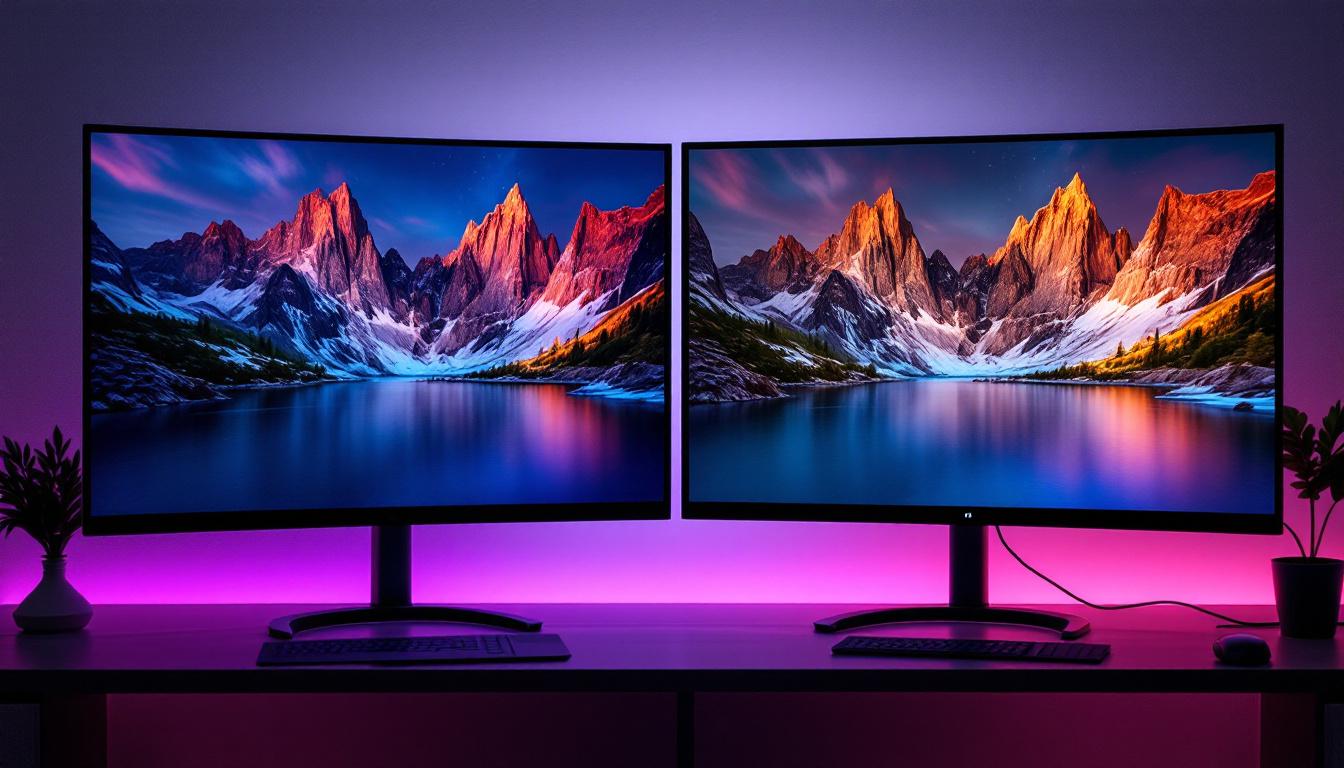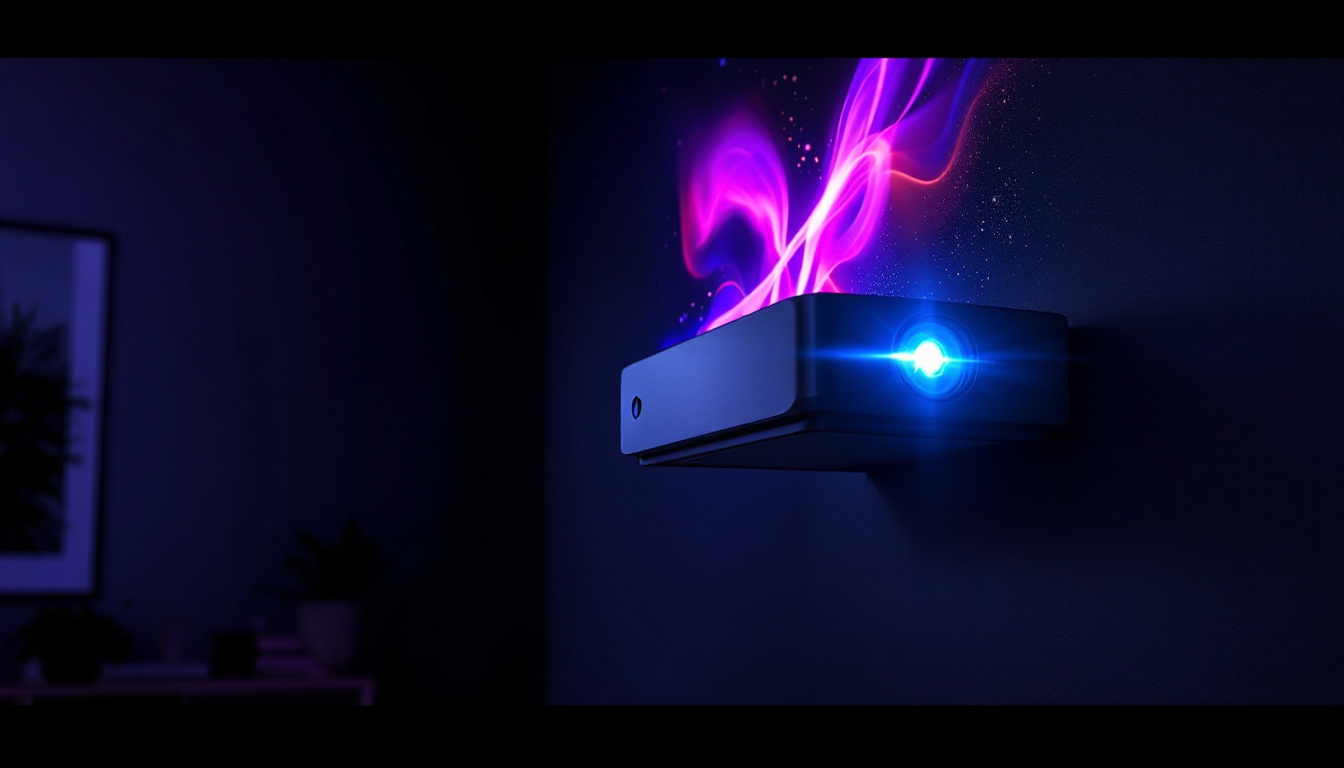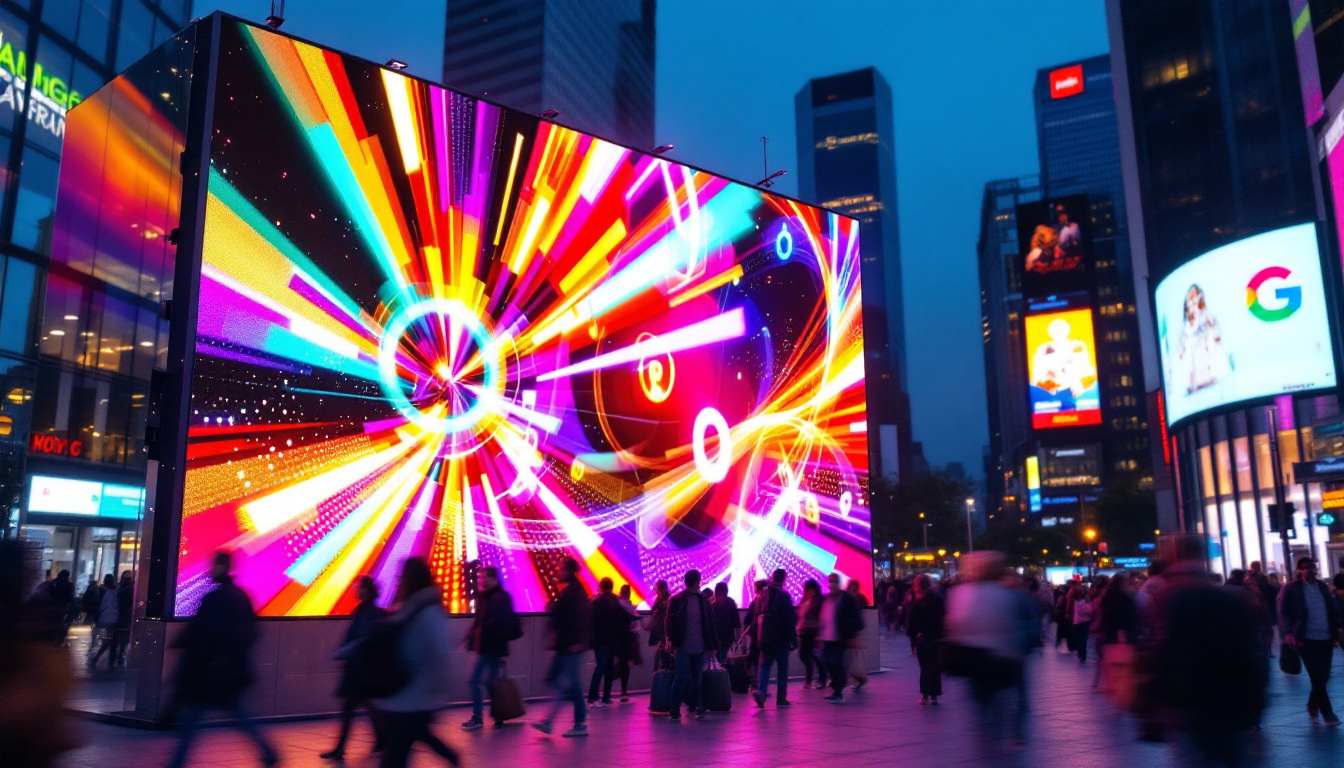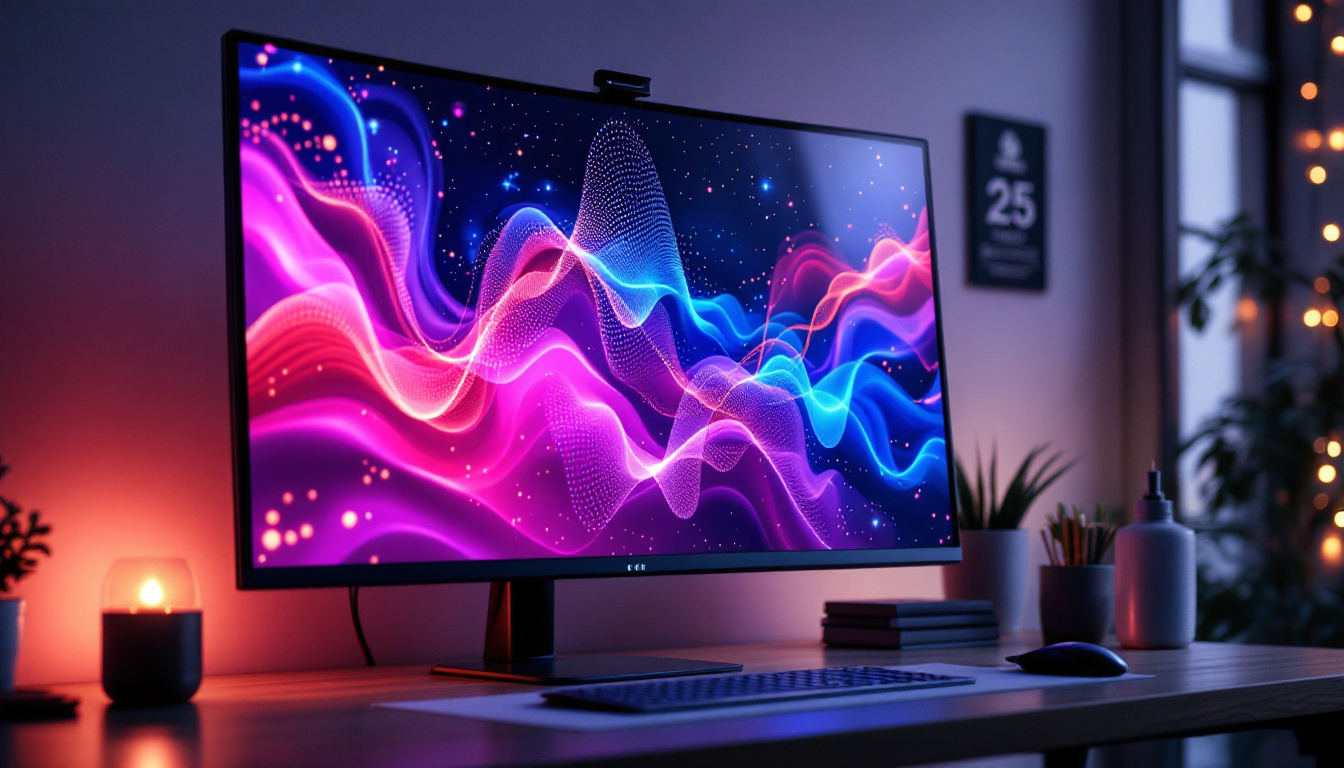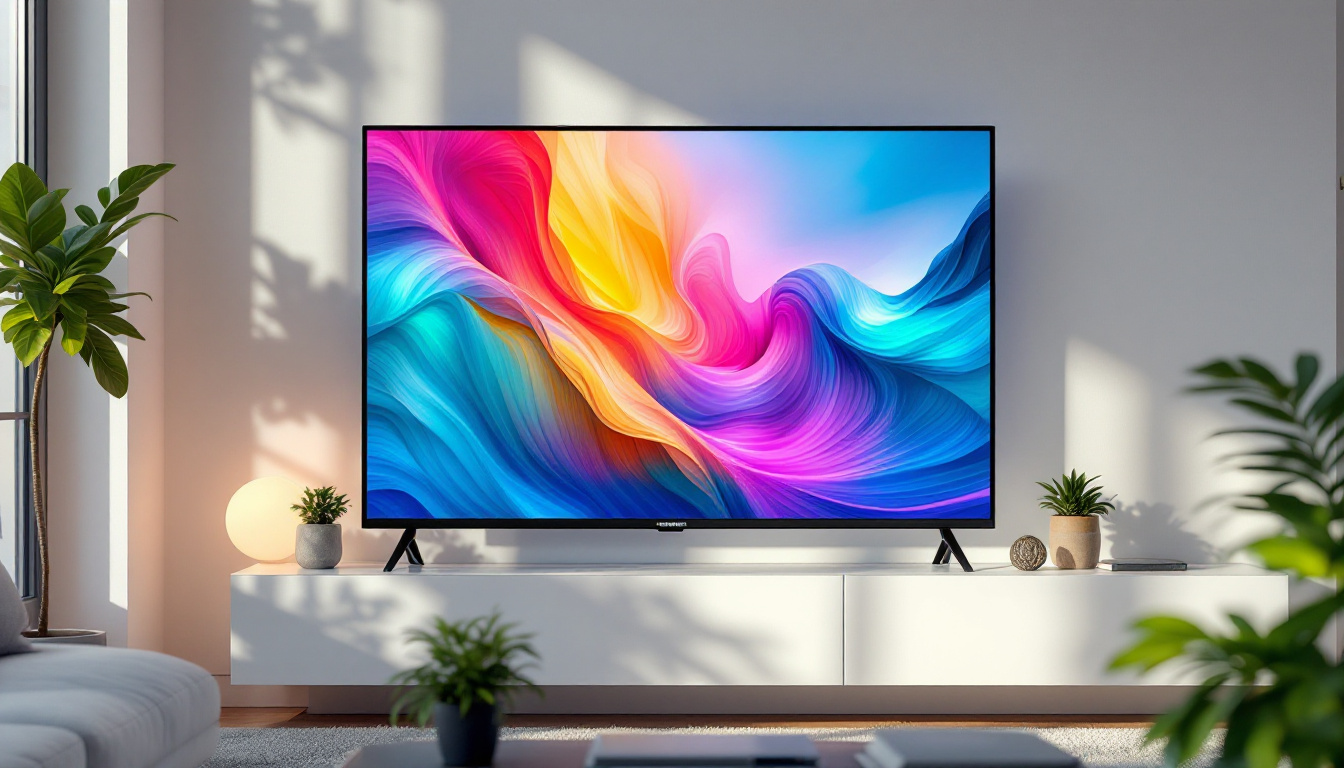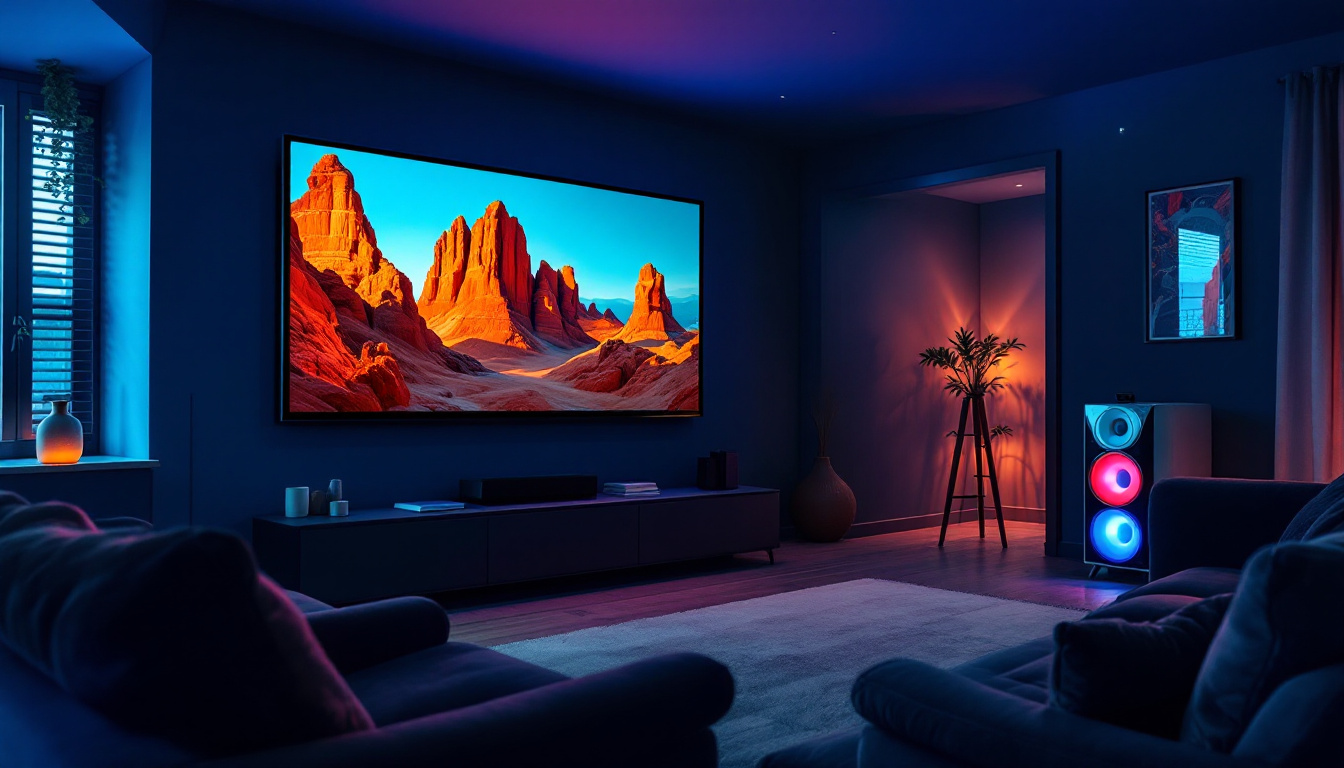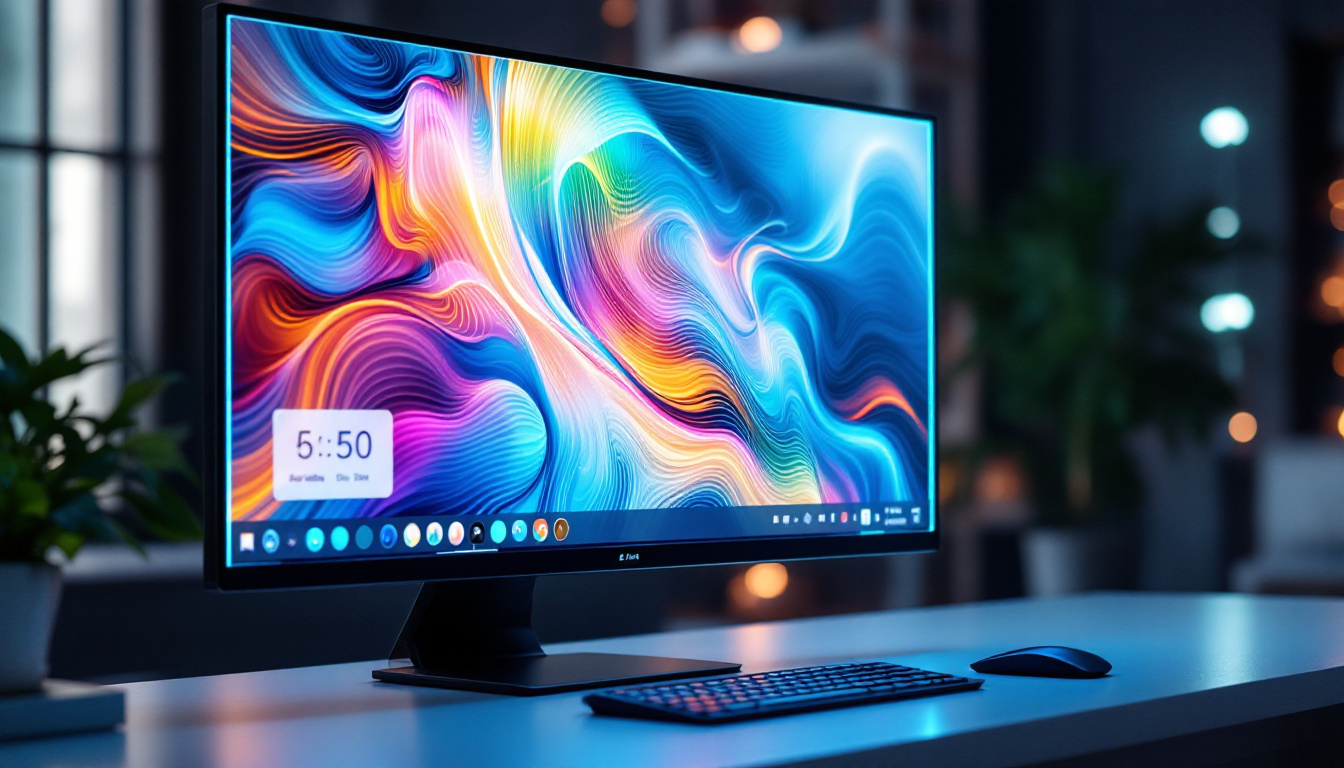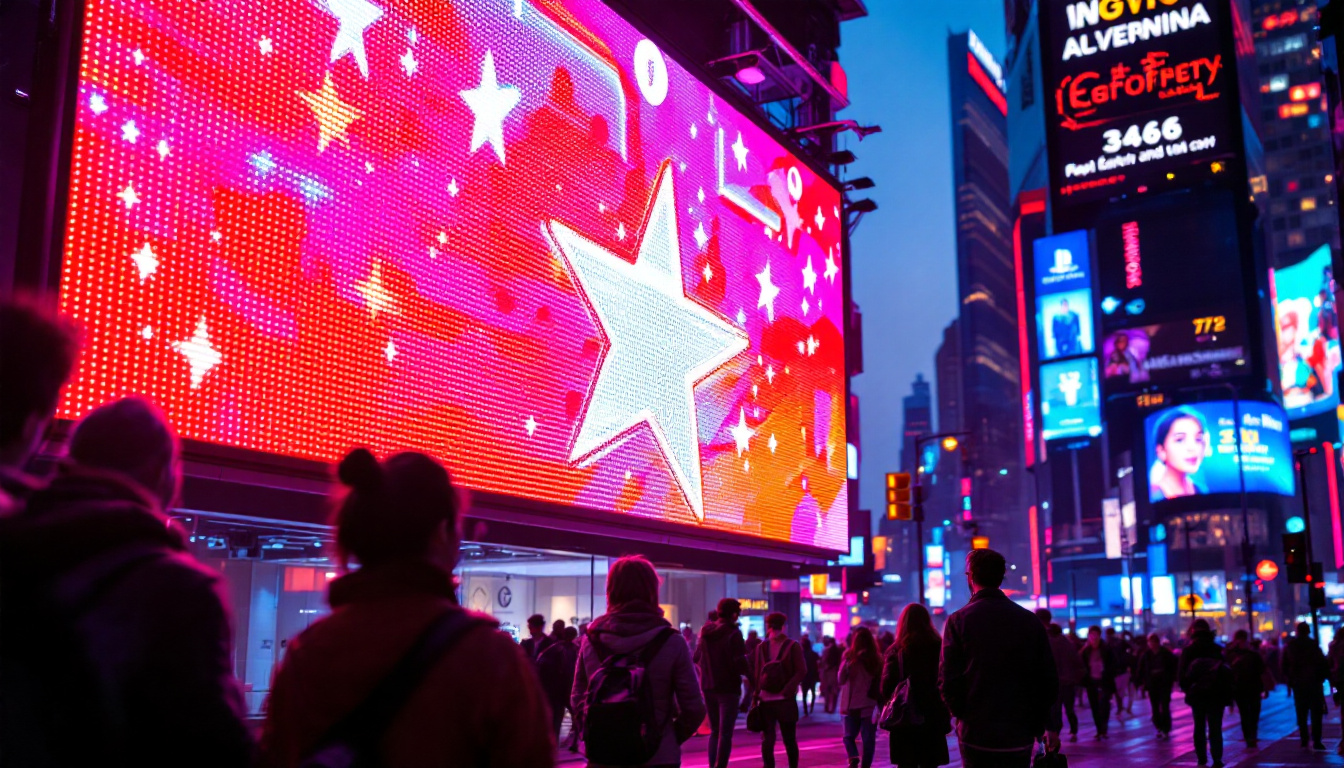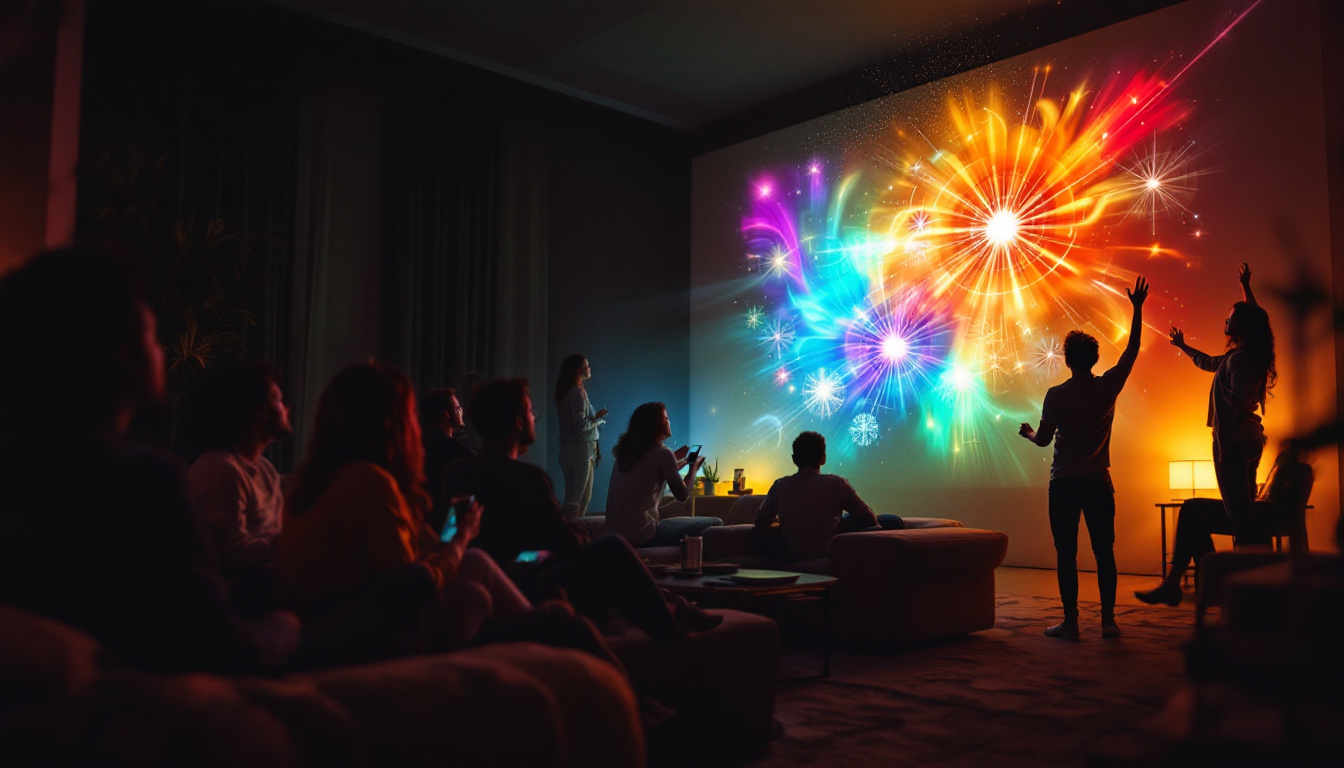In today’s rapidly evolving digital landscape, the integration of touch screen technology with LED displays has revolutionized how users interact with electronic devices. From smartphones and tablets to industrial control panels and interactive kiosks, the fusion of touch sensitivity and vibrant LED visuals offers unparalleled user experiences. This article delves into the fundamentals of logo touch screens with LED displays, exploring their technology, applications, advantages, and future trends.
Understanding Logo Touch Screen Technology
What is a Logo Touch Screen?
A logo touch screen refers to a touch-sensitive display panel that often incorporates a company’s logo or branding as part of its interface design. These screens are designed to provide intuitive user interaction while reinforcing brand identity. Unlike traditional screens, logo touch screens blend visual appeal with functionality, making them popular in retail, advertising, and corporate environments.
The term “logo touch screen” can also imply a touch screen device that features a customizable interface where logos and branding elements are prominently displayed, often used in point-of-sale (POS) systems, interactive displays, and digital signage. This customization allows businesses to create a unique user experience that aligns with their branding strategy, enhancing customer engagement and loyalty. For instance, a coffee shop might display its logo alongside a menu interface, allowing customers to place orders directly through the screen while being visually reminded of the brand they love.
How Does the Touch Screen Work?
Touch screens detect user input through various technologies, including resistive, capacitive, infrared, and surface acoustic wave methods. Among these, capacitive touch screens are the most common in modern LED displays due to their responsiveness and multi-touch capabilities.
Capacitive touch screens operate by sensing the electrical properties of the human finger. When a finger touches the screen, it disturbs the electrostatic field, which the device detects and translates into input commands. This technology allows for smooth, precise interaction and supports gestures like pinch-to-zoom and swipe. Additionally, advancements in haptic feedback technology have enhanced the user experience by providing tactile sensations that simulate the feeling of pressing a physical button, further bridging the gap between digital and physical interactions.
LED Display Fundamentals
LED (Light Emitting Diode) displays consist of an array of tiny light-emitting diodes that produce bright, vivid images. Unlike LCDs, which rely on backlighting, LEDs emit their own light, resulting in higher contrast ratios, better color accuracy, and improved energy efficiency.
LED displays are highly versatile and scalable, ranging from small screens on handheld devices to massive outdoor billboards. Their ability to maintain visibility in various lighting conditions makes them ideal for both indoor and outdoor applications. Furthermore, the integration of smart technology into LED displays allows for dynamic content management, enabling businesses to change advertisements or information in real-time based on audience engagement or time of day. This adaptability not only maximizes the effectiveness of marketing campaigns but also ensures that the content remains relevant and appealing to viewers, thereby enhancing the overall impact of the display.
Integration of Touch Screens with LED Displays
Technical Challenges and Solutions
Combining touch screen technology with LED displays involves overcoming several technical challenges. Ensuring that the touch layer does not degrade the display’s brightness or color accuracy is critical. Manufacturers often use ultra-thin, transparent conductive materials like indium tin oxide (ITO) to maintain screen clarity. This choice of materials not only preserves the visual integrity of the display but also minimizes the impact on touch sensitivity, allowing for a seamless user experience.
Another challenge is durability. Touch screens are subject to constant physical interaction, so the surface must resist scratches, smudges, and wear. High-quality tempered glass and oleophobic coatings are commonly employed to enhance longevity and user comfort. Additionally, advancements in screen technology have led to the development of self-healing materials that can recover from minor scratches, further extending the lifespan of touch-enabled LED displays. Manufacturers are also exploring the integration of anti-reflective coatings to reduce glare, which is particularly beneficial in environments with bright ambient lighting.
Advantages of LED Touch Screens
The synergy between LED displays and touch screens offers numerous benefits:
- Enhanced Visual Quality: LED displays provide bright, sharp images that remain clear even under direct sunlight, making them suitable for outdoor touch applications. This capability is especially valuable in settings such as kiosks and interactive signage, where visibility is paramount for user engagement.
- Energy Efficiency: LEDs consume less power compared to traditional display technologies, which is advantageous for battery-operated devices and large installations. This energy efficiency not only reduces operational costs but also contributes to a smaller carbon footprint, aligning with the growing demand for sustainable technology solutions.
- Responsive Interaction: Capacitive touch technology enables fast and accurate input, improving user satisfaction. The low latency of these systems ensures that users can interact with content fluidly, which is essential for applications ranging from gaming to educational tools.
- Customization: The ability to incorporate logos and branding directly into the touch interface enhances marketing and user engagement. This level of customization allows businesses to create unique user experiences that resonate with their target audience, fostering brand loyalty and recognition.
Moreover, the integration of touch screens with LED displays opens up new avenues for interactive experiences. For instance, in retail environments, touch-enabled displays can be used to provide customers with product information, promotions, and even virtual try-on experiences, significantly enhancing the shopping journey. In educational settings, interactive LED touch screens can facilitate collaborative learning, allowing multiple users to engage with the content simultaneously. This interactivity not only makes learning more engaging but also caters to various learning styles, promoting inclusivity in educational methodologies.
Applications of Logo Touch Screen LED Displays
Retail and Point-of-Sale Systems
Retail environments benefit greatly from logo touch screen LED displays. Interactive kiosks and POS terminals with branded touch screens streamline the checkout process and provide personalized customer experiences. For example, major retailers use these systems to display promotional offers, loyalty program information, and product details, all while reinforcing brand presence through logo integration.
Industrial and Commercial Control Panels
In industrial settings, touch screen LED displays serve as control interfaces for machinery and automation systems. The inclusion of company logos on these screens helps maintain brand consistency and provides operators with a clear, user-friendly interface. The durability and visibility of LED displays ensure reliable performance in harsh environments.
Advertising and Digital Signage
Interactive digital signage featuring logo touch screens has transformed advertising. Brands can engage consumers with dynamic content that responds to touch, such as product catalogs, virtual try-ons, or wayfinding maps. The vibrant colors and brightness of LED displays capture attention, while touch interactivity encourages deeper engagement.
Healthcare and Education
In healthcare, touch screen LED displays are used in patient monitoring systems, information kiosks, and diagnostic equipment interfaces. The clear visuals and intuitive touch controls improve usability for medical staff and patients alike.
Educational institutions employ interactive LED touch screens in classrooms and lecture halls to facilitate collaborative learning and multimedia presentations. The ability to customize interfaces with institutional logos fosters a sense of identity and professionalism.
Design Considerations for Logo Touch Screen LED Displays
Balancing Aesthetics and Functionality
Designing a logo touch screen LED display requires careful consideration of both visual appeal and usability. The logo must be integrated in a way that complements the interface without obstructing essential touch areas or content. Transparency and placement are key factors to ensure the logo enhances rather than detracts from user experience.
Screen Size and Resolution
Choosing the appropriate screen size and resolution depends on the application. Larger screens with higher resolutions are preferred for detailed content and multi-user environments, while smaller, more compact displays suit handheld devices or space-constrained installations.
Touch Sensitivity and Accuracy
Optimizing touch sensitivity is crucial for responsive interaction. Manufacturers calibrate touch sensors to detect even light touches while minimizing false inputs from accidental brushes or environmental factors. Multi-touch capabilities expand the range of possible gestures and controls.
Environmental Durability
For outdoor or industrial use, screens must withstand exposure to moisture, dust, temperature extremes, and physical impact. IP-rated enclosures and ruggedized glass protect the display and touch components, ensuring long-term reliability.
Future Trends in Logo Touch Screen LED Displays
Advancements in Display Technology
Emerging display technologies such as MicroLED and OLED promise even greater brightness, color accuracy, and energy efficiency. MicroLED, in particular, offers the potential for thinner, more flexible displays with superior lifespan, which could redefine the capabilities of touch screen LED devices.
Enhanced Interactivity with AI and Gesture Recognition
Artificial intelligence (AI) integration is enabling smarter touch screens that can adapt interfaces based on user behavior and preferences. Gesture recognition technology, which detects hand movements without physical contact, is also gaining traction, offering new ways to interact with displays while maintaining hygiene—a critical consideration in public and healthcare settings.
Customization and Personalization
As brands seek to differentiate themselves, customizable touch screen interfaces with dynamic logo displays are becoming more prevalent. Technologies like e-paper and flexible displays allow logos and branding elements to change in real-time, tailoring the user experience to specific contexts or promotions.
Energy Harvesting and Sustainability
Energy-efficient designs and the incorporation of energy harvesting technologies, such as solar-powered LED displays, are on the rise. These innovations reduce environmental impact and operational costs, aligning with growing consumer and corporate demands for sustainability.
Conclusion
The convergence of logo touch screen technology with LED displays represents a significant advancement in user interface design, blending vibrant visual communication with intuitive interaction. This combination not only enhances user engagement but also reinforces brand identity across diverse applications—from retail and industrial control to advertising and education.
As display and touch technologies continue to evolve, the future promises even more immersive, responsive, and customizable experiences. Understanding the underlying principles and design considerations of logo touch screen LED displays equips businesses and developers to leverage these innovations effectively, delivering solutions that are both functional and visually compelling.
Explore Cutting-Edge LED Display Solutions with LumenMatrix
Ready to elevate your brand’s visual impact and engage your audience like never before? Discover LumenMatrix’s innovative LED display technology, designed to bring your brand’s message to life with unparalleled clarity and vibrancy. From Indoor and Outdoor LED Wall Displays to specialized solutions like Vehicle, Sports, and Floor LED Displays, LumenMatrix offers a comprehensive range of products tailored to your unique needs. Experience the future of visual communication with our Custom, All-in-One, and Transparent LED Displays. Don’t miss out on the opportunity to transform your space with captivating digital signage. Check out LumenMatrix LED Display Solutions today and take the first step towards a visually stunning brand experience.



